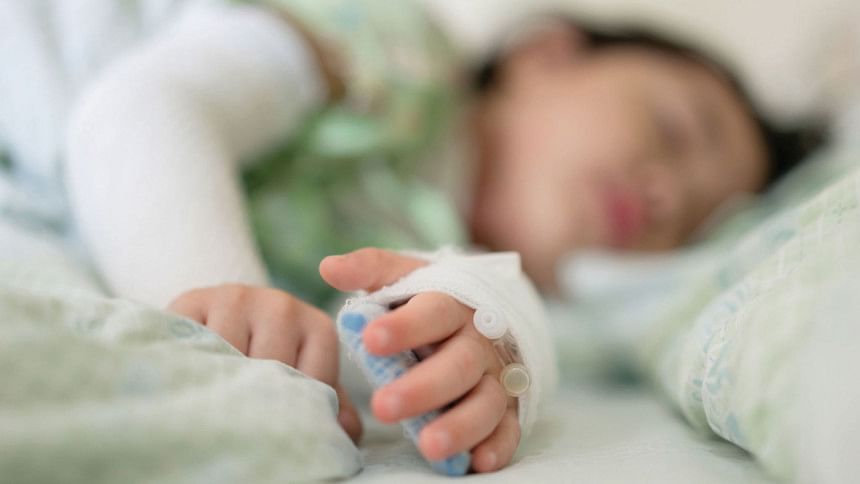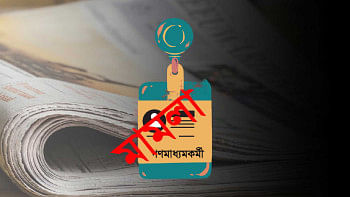MIS-C and COVID-19: What should we do?

Multisystem Inflammatory Syndrome in Children (MIS-C) is the disease of children from birth to 21 years which is an emerging health crisis of children in Bangladesh. In late April 2020, MIS-C was first reported in the United Kingdom which was described as serious COVID-19 cardiovascular presentation in the form of the paediatric multisystem inflammatory syndrome, which included features similar to Kawasaki disease (KD). MIS-C caused by the COVID-19 virus has more rapid clinical deterioration than KD.
The grave situation of MIS-C is a sudden deterioration of cardiac function like inflammation of heart muscle (myocarditis), coronary artery dilation with irregular vascular wall, valve leakage, hypotension, cardiac failure with cardiogenic shock. The child presents with increased heart rate and respiratory rate, unconsciousness, irritability and low oxygen level in body.
Along with the clinical features, blood tests and chest X-rays will help to diagnose the MIS-C even. The child suspected as MIS-C/KD can be referred to a paediatric cardiologist for echocardiography for further cardiac evaluation and management. The matter of concern of this disease is cardiac deterioration, increased thickness of blood flow which can block the inflamed blood vessels especially the heart vessels.
The child may need ICU support for multidisciplinary management. As they may have gastrointestinal dysfunction, lung and kidney failure along with inflammation of the heart, or sudden shock. Low white blood cell count and initially low followed by high platelet count can help to diagnose the disease.
Most important thing is to diagnose MIS-C in time. Diagnosis within 7-8 days of illness can prevent deterioration of the patient, especially coronary artery changes. When the coronavirus enters the body, it starts a rapid storm of inflammation against which body defence or protective system becomes active. This hyper-inflammatory stage should be stopped immediately.
Cardiac vessels can be changed (abnormally dilated or narrowing with irregular vascular wall) during or after the disease, even after completion of treatment. Therefore, frequent follow-up is part and parcel of the management of this disease.
Timely diagnosis and treatment within the acute phase of the disease process of MIS-C patients can prevent the unfavourable outcome of coronary artery aneurysm. Awareness among the general population regarding this Kawasaki disease like treatable syndrome in children and long-term surveillance of these patients is necessary for future guidelines of MIS-C patients. Prevention of coronavirus infection in children by social distancing, wearing of mask and use of hand sanitiser should be strictly followed.
After getting discharged the child may have irritability, myalgia, and recurrence of fever, sore throat or further attack with coronavirus infection. Besides the traditional medications and vitamin supplementations, zinc and nutritious food are prescribed. Overall mental well-being also needed to be nurtured properly by indoor games, giving special attention to them with full family support.
It is time to realise that COVID-19 is not only affecting adults but also affecting our children gravely. MIS-C and COVID-19 in children are preventable and treatable diseases. Everybody should keep in mind that follow-up with concerned physicians is very important during post disease period to prevent further disease complications.
The writer is a Consultant Paediatric Cardiologist at the Evercare Hospitals, Dhaka, Bangladesh.
E-mail: [email protected]

 For all latest news, follow The Daily Star's Google News channel.
For all latest news, follow The Daily Star's Google News channel. 



Comments